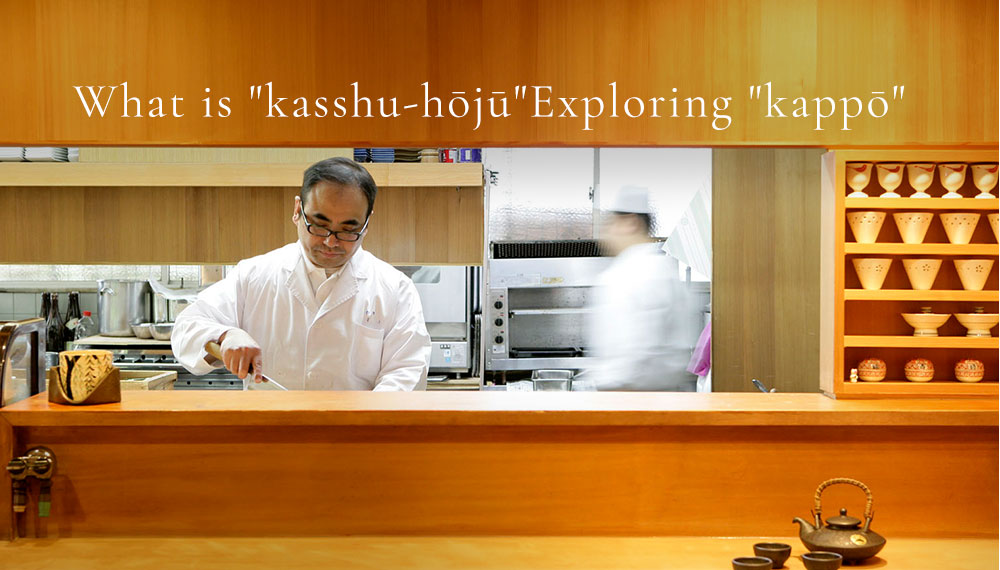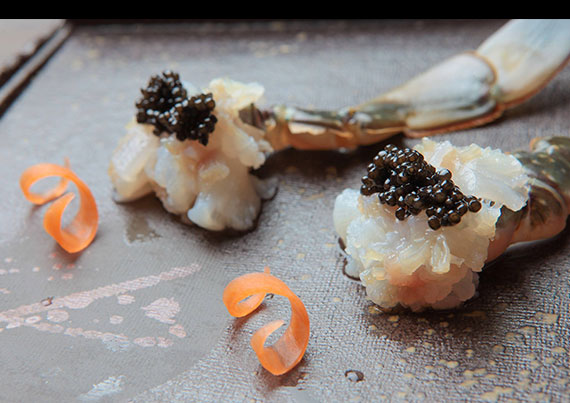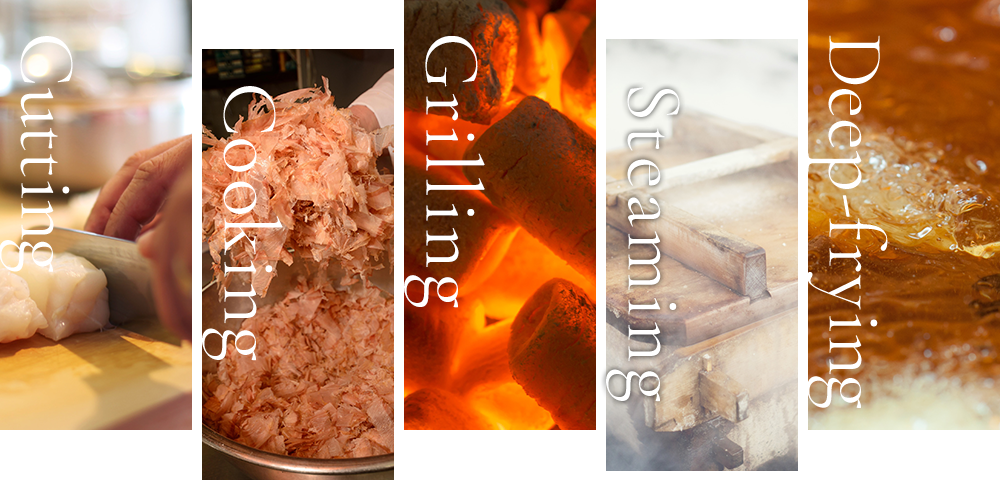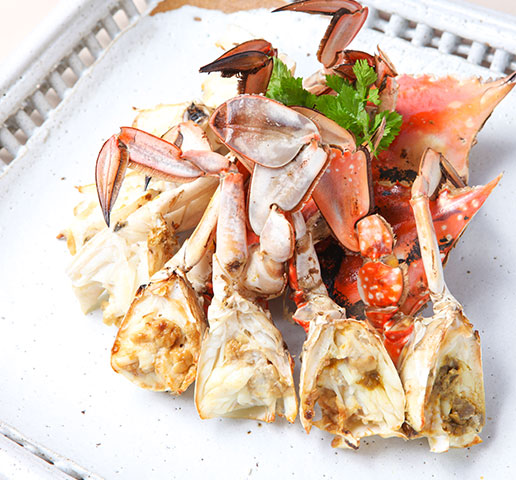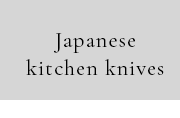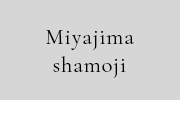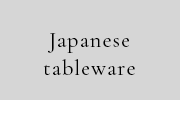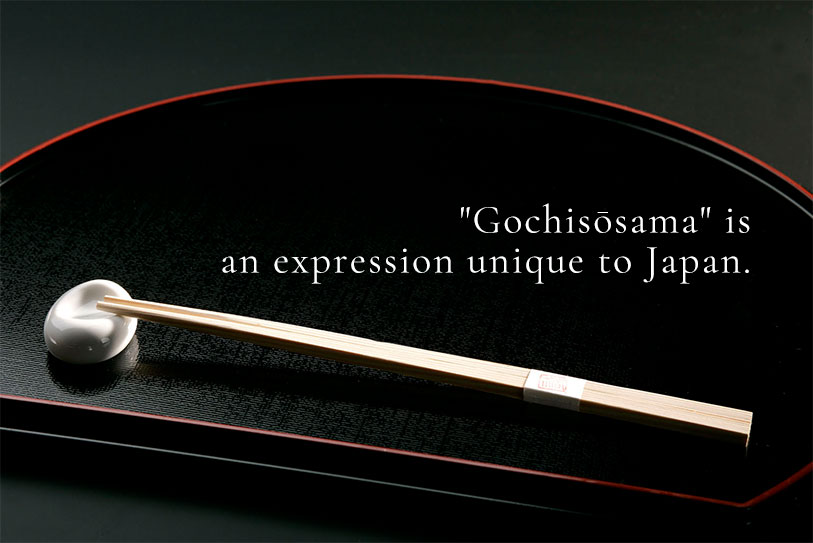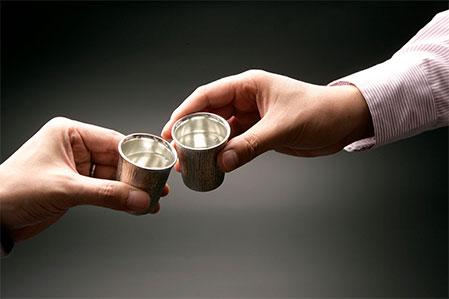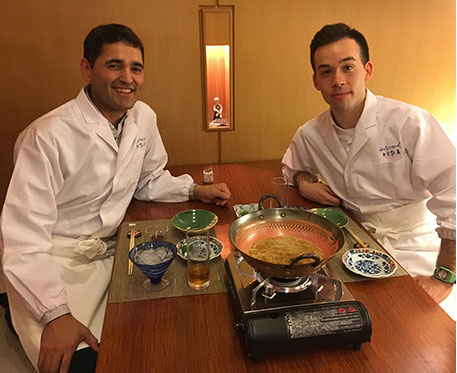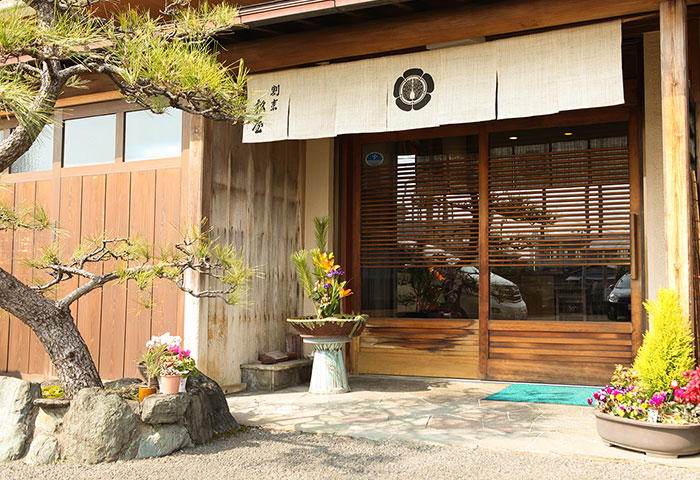- 和包丁
- Japanese kitchen knives
Japanese kitchen knives, modeled after Japanese swords, have fascinated a large number of cooks with their sharpened edges and magnificent cutting quality.
A beautiful cross-section created by a knife edge is indispensable in delicate Japanese cuisine.
- 割烹着
- Kappōgi
Kappōgi, an apron with sleeves, has played an important role in protecting clothes from stains when cooking in Japan, a country where the culture of wearing kimonos has taken root.
- 半切り
- Hankiri
A washtub-shaped shallow bowl is called "hankiri". It is mainly used when making sushi, and it's being used in many Japanese restaurants nowadays as well.
- 宮島しゃもじ
- Miyajima shamoji
"Shamoji", commonly known as an eating utensil for scooping up rice and soup. Among them, the Miyajima shamoji was created by Buddhist priests inspired by the beautiful curvature of the Japanese lute. It is a traditional crafts product created from sacred trees in Miyama.
- 和食器
- Japanese tableware
Japanese tableware which may fascinate you with its beautiful, varied shapes, such as plates, wooden and ceramic bowls. Their curves and patterns, which make you feel the breath of their creator, emphasize the delicate Japanese cuisine.

